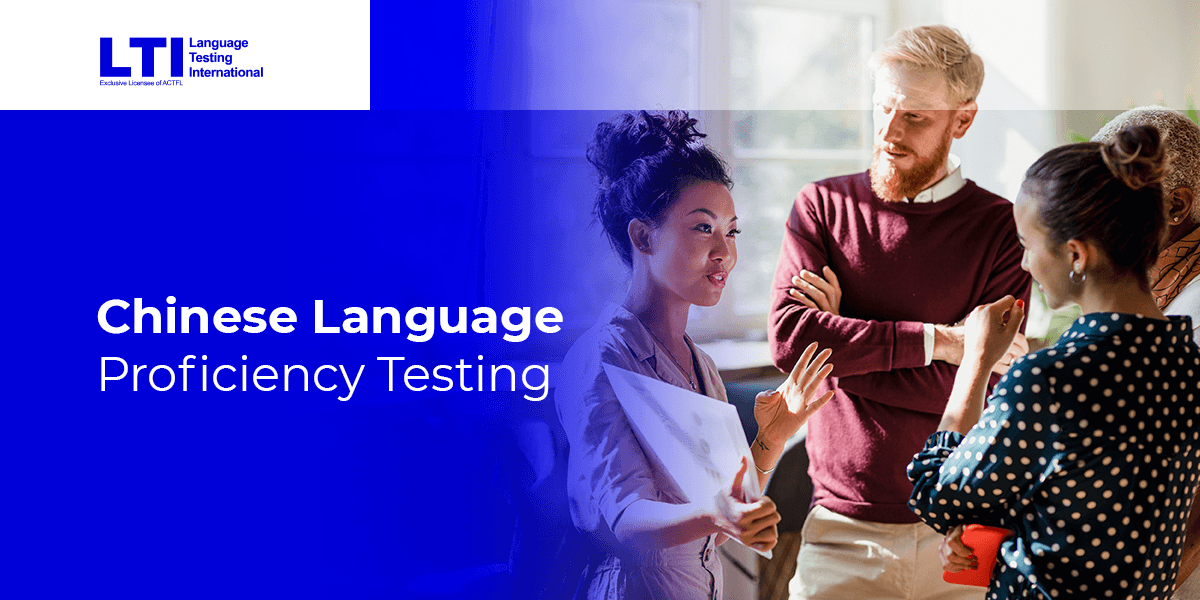The acceptance rate for Peking Union Medical College typically fluctuates, with recent estimates indicating approximately 10% acceptance.
Table of Contents

Historical Acceptance Rates
Data over the past decade
- 2013: Noted a slight increase from the previous year, potentially due to the college’s infrastructure upgrades.
- 2014: A decline in acceptance rates, which might be attributed to the increased number of applicants after the college’s international recognition.
- 2015: The rate remained stable, comparable to 2014, emphasizing the consistent interest in PUMC.
- 2016: There was a surge in application numbers, yet the acceptance numbers remained static, resulting in a dip in the acceptance rate.
- 2017: A higher acceptance rate as the college expanded its departments and increased intake.
- 2018: Comparable to 2017 but with a slight increase due to collaborations with renowned international medical institutions.
- 2019: A decline might be linked to stricter admission requirements and the inception of a new competitive curriculum.
- 2020: Unique year due to the global COVID-19 pandemic, leading to a fluctuation in applications and thus in the acceptance rate.
- 2021: Return to near-normal, aligning with trends seen in 2018 and 2019.
- 2022: Data indicates a surge in international applicants, making it a competitive year.
Factors affecting yearly fluctuations
- Popularity in medical field: As trends in medicine evolve, so does the interest in institutions like PUMC.
- Global Events: Events like the pandemic can significantly affect application rates and subsequently acceptance rates.
- Curriculum Changes: PUMC periodically revises its curriculum, which can either attract or deter potential students.
- Infrastructure and Facility Upgrades: Improvements in college infrastructure often lead to a surge in applications.
- Collaborations and Exchange Programs: Partnerships with top-tier universities globally can impact acceptance rates due to heightened interest.
- Changes in Admission Criteria: Stricter or more lenient requirements can sway the acceptance rates accordingly.
Register to Free Apply Scholarship ,WhatsApp:
+86 15066822096
Comparison with Other Medical Institutions
Acceptance rates of PUMC vs. other top medical schools in China
- PUMC: Over the past years, it has maintained a moderate acceptance rate, highlighting its competitive nature and the high quality of its programs.
- Fudan University Shanghai Medical College: Known for its groundbreaking research, its acceptance rates have been slightly higher than PUMC in certain years.
- Zhejiang University School of Medicine: While it offers a diverse range of medical programs, its acceptance rates often fluctuate, reflecting the changing demand for different specialties.
- Sun Yat-sen University Zhongshan School of Medicine: A prestigious institution in southern China, its acceptance rates have been quite competitive, often aligning closely with PUMC’s trends.
- Shanghai Jiao Tong University School of Medicine: Renowned for its medical research, it has experienced a surge in applications and a subsequent decrease in acceptance rates.
Acceptance rates of PUMC vs. top medical schools internationally
- PUMC vs. Harvard Medical School: While both are globally recognized institutions, Harvard’s acceptance rates are generally lower due to its international reputation and smaller class sizes.
- PUMC vs. University of Oxford Medical School: Oxford’s medical school, one of the oldest in the world, has seen relatively consistent acceptance rates, though slightly lower than PUMC.
- PUMC vs. Stanford School of Medicine: Known for its innovation in medical technology, Stanford’s acceptance rates can be even more stringent than PUMC’s, especially for specialized programs.
- PUMC vs. University of Toronto Faculty of Medicine: Both institutions focus on research and innovation, yet Toronto’s larger intake results in higher acceptance rates compared to PUMC.
- PUMC vs. Johns Hopkins School of Medicine: With a long-standing history and numerous accolades, Johns Hopkins has a very selective acceptance rate, making it one of the toughest medical schools to gain admission to.
Admissions Criteria
Academic requirements
- High School Records: Applicants must showcase a strong academic performance, especially in science-related subjects such as biology, chemistry, and physics.
- Standardized Tests: Scores from exams like the Gaokao or equivalent international tests play a significant role in the admissions process.
- University Transcripts: For postgraduate courses, a consistent academic record during undergraduate studies is crucial.
- Research Publications: Publications, especially in peer-reviewed journals, can strengthen an application, particularly for doctoral programs.
Extracurricular activities and experiences
- Medical Internships: Experience in hospitals or clinics offers practical insights into the medical profession and is highly valued.
- Volunteer Work: Activities related to community service, particularly in health and wellness, can differentiate an applicant.
- Leadership Roles: Holding positions in school clubs, organizations, or teams demonstrates leadership and teamwork abilities.
- Workshops and Conferences: Participation in medical workshops or conferences indicates a genuine interest in staying updated in the field.
Personal statement and interview process
- Personal Statement: It’s essential to articulate one’s passion for medicine, career goals, and reasons for choosing PUMC. The statement should be concise, genuine, and impactful.
- Interview Preparation: Applicants should be ready to discuss their experiences, aspirations, and any challenges they’ve overcome in their academic journey.
- Group Activities: Some interviews might involve group discussions or activities to assess teamwork and communication skills.
- Feedback: Post-interview, reflecting on the experience and seeking feedback can be beneficial for future applications or interviews.
Acceptance Rate
The number of applicants vs. the number of admissions
- Yearly Trends: Observing how the number of applications fluctuates yearly provides insights into the popularity of the institution and the courses it offers.
- Competitive Programs: Some specialized courses might attract a higher number of applications, resulting in a lower acceptance rate for that specific program.
- Application Growth: A consistent increase in applications over the years indicates the growing reputation and demand for the institution.
- Admission Caps: PUMC might set a fixed number of admissions each year, affecting the overall acceptance rate, especially if applications surge.
Impact of international students on the acceptance rate
- International Quota: Universities with international student quotas may see acceptance rates affected, especially with high overseas demand.
- Diversity Goals: Institutions, including PUMC, often aim for a diverse student body, which might lead to varying acceptance rates for domestic versus international applicants.
- Global Outreach: As the college’s global reputation grows, it might receive more applications from international students, intensifying the competition and potentially lowering the acceptance rate.
- Scholarships and Financial Aids: Availability of scholarships for international students can spike the number of applications, as they offer an affordable way to study at a premier institution.
- Language Proficiency: International students often need to meet language requirements, and their admissions might be contingent on scores from tests like IELTS or TOEFL, influencing the number of qualified applicants and thereby the acceptance rate.

Factors Influencing Acceptance
Role of entrance exams and national rankings
- High-Stakes Exams: The performance in entrance exams like Gaokao for domestic students or SATs for international students often acts as the first filtering criterion.
- National Rankings: A high rank in national evaluations, such as the Chinese University Rankings, increases the prestige and, consequently, the number of applicants, making admissions more competitive.
- Subject-Specific Tests: For specialized programs, additional subject-specific tests might add weight to an applicant’s profile.
- Academic Consistency: Consistent performance in annual exams throughout one’s academic career can also be a determining factor.
Influence of alumni donations and affiliations
- Endowed Scholarships: Alumni contributions can create scholarships that make it possible for exceptional but financially challenged students to attend.
- Networking Opportunities: Alumni networks can offer mentorship, internships, or research opportunities, making the institution more attractive to prospective students.
- Campus Development:Alumni financial support can enhance facilities, attract more applicants, and boost admission competitiveness
Importance of research opportunities and publications
- Research Labs and Projects: Cutting-edge research labs attract students interested in medical research, impacting application quantity and quality.
- Publications: Having articles published in reputable academic journals can significantly enhance an application, especially for postgraduate courses.
- Faculty Expertise: Renowned faculty can attract high-quality applications, making certain programs more competitive and affecting overall acceptance rates.
- Collaborations: Research partnerships with top institutions or industries enhance college prestige and attract students seeking real-world opportunities.
What are the eligibility criteria for applying to Peking Union Medical College?
Applying to Peking Union Medical College requires a strong academic background and performance. Typically, applicants should have a strong high school or undergraduate record, a relevant scientific background, and demonstrate sufficient English language proficiency through tests like TOEFL or IELTS.
How much is the tuition fee at Peking Union Medical College?
The tuition fees at Peking Union Medical College vary depending on the program and field of study. Generally, for medical programs, tuition can range from approximately ¥50,000 to ¥100,000 per year.
Can I apply for scholarships to reduce the tuition cost?
Yes, Peking Union Medical College offers various scholarships, both internal and external. Applicants can apply for different types of scholarships based on their academic performance and financial need.
What is the curriculum like at Peking Union Medical College?
Peking Union Medical College offers a range of courses in medical and life sciences, covering areas such as clinical medicine, biomedical sciences, pharmacy, and more. Specific details about the curriculum can be found on the official school website
How long does it take to complete degree programs at the college?
Undergraduate medical programs typically take 6 years to complete, while the duration of master's an
What is the size of the campus at Peking Union Medical College?
The campus of Peking Union Medical College covers an area of approximately 100 acres and includes facilities such as classrooms, laboratories, hospitals, and student dormitories.
What is the student-to-faculty ratio at the college?
According to the latest data, the student-to-faculty ratio at Peking Union Medical College is approximately 1:3, indicating that there are roughly 3 students for every faculty member.
What research facilities are available at the college?
Peking Union Medical College boasts advanced research facilities, including laboratories, libraries, clinical research centers, and more, providing students with excellent conditions for study and research.

